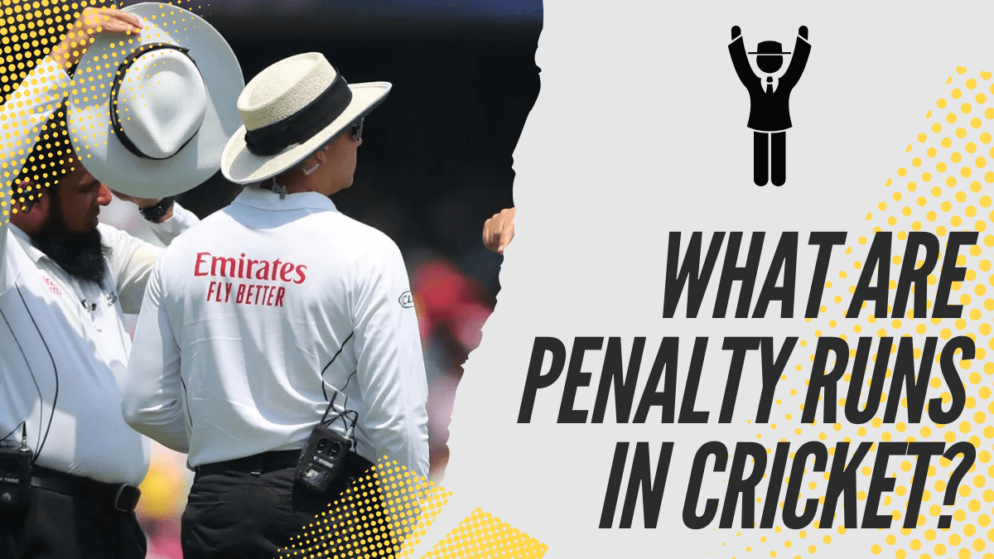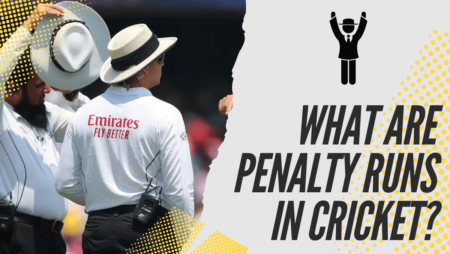

Penalty runs in cricket are those that either the fielding or the batting side can get due to violation of certain laws of the game. The Marylebone Cricket Club’s laws of cricket have two sections, Law 41 and Law 42 that detail about unfair play and players’ conduct. Penalty runs are a repercussion for the same.
The inception of the law for wearing penalty runs dates back to the 18th century. The original law stated that five penalty runs would be awarded to the batting side for if the fielder tries to stop the ball with his hat. Subsequently, this rule in conjunction with several other rules now comprise the criteria where teams get penalty runs.
The batting side can get five penalty runs if the ball hits any other equipment on the ground like the wicket-keeper’s helmet or a strewn off glove. Furthermore, if a fielder returns to the ground without prior permission of the umpire, then the batting side will get five penalty runs. Distracting the batter before releasing the ball, damaging the pitch, or deliberately fending off time between overs are the many instances when the batting side can get five penalty runs in professional cricket.
The fielding side can also get five penalty runs if the batting side deliberately tries to run short. Either team can get five penalty runs if they attempt to tamper with the ball. Practicing on the pitch before the day of the match without prior consent of the umpires can also lead to the team in concern be penalized with five runs. Finally, if the players’ conduct as judged by the umpires is offensive, then they have the right to penalize the concerned side with five runs.
The umpires signal five runs to the fielding side by placing one arm on the opposite shoulder. If the five penalty runs are to be awarded to the batting side then the umpire taps the opposite shoulder. Thus, players need to be vary of the laws of the game to avoid their side from being penalized by five runs.




